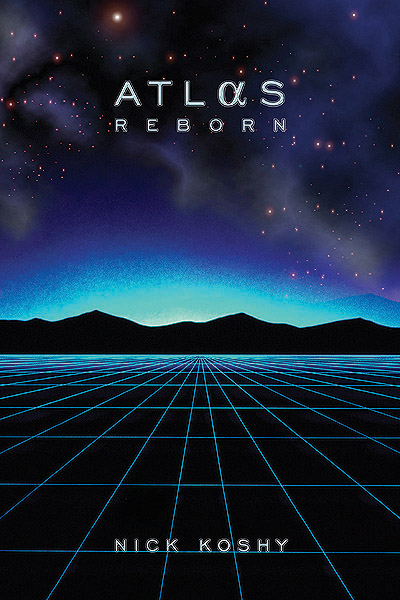Are you counting the days till July 18, 2008, to see The Dark Knight? Or are you counting on this adaptation of a prominent DC Comics property to fail despite the success of Christopher Nolan's Batman Begins (2005)? Bryan Singer, after scoring a home run with Superman Returns (2006), is also a good horse to bet on considering his work on the first two X-Men movies which were too good to let the third one lag behind in box-office returns, Brett Ratner or no Brett Ratner.
If you are a hardcore superhero-movie fan, there are some things you need to know but are afraid to ask. The Spider-Man trilogy (?) has ended without losing too much respect. Fantastic Four (2005-07) may have risked far too much by going the sitcom route. There is no sign of Hulk (2003) and the Daredevil-Elektra duology (2003-05) going any further. The Punisher video game (2005) has highlighted the flaws of the 2004 movie. Kirk Jones has replaced Wesley Snipes in the role of Blade in a 2006 television series whose future just might be uncertain. Michael Jai White has certainly moved on from Spawn (1997) because he has been listed as a character in The Dark Knight. Which leaves us with only Batman to look forward to.
Unlike Superman, whose portrayal by Christopher Reeve has been so iconic that he needed to be replaced by a talented impressionist named Brandon Routh, a definitive characterization of Batman is not possible. Reeve's Superman once had a kindred spirit in Adam West's Batman when it came to sporting bright colors while fighting crime, but with the entry of Michael Keaton, the black-and-white film-noir era was back in vogue. Everything was gray and dark in the Gotham City that Keaton's Batman had inhabited, except the leading lady's apartment and the antagonist's costume. Val Kilmer and George Clooney - two brilliant actors whose unique approaches to the caped crusader have been criticized - were merely guinea pigs in the failed experiments to bring color into Batman's world. Christian Bale is the latest entrant in this 'beauty' contest, and since he did not stink up Batman Begins the way Ben Affleck did with Daredevil, the only variable that can save or sink The Dark Knight is the Joker, played by Heath Ledger. Will he live up to Jack Nicholson's legacy? July 18, 2008.
Elsewhere, somewhere in India, I have in my hands the graphic novel that had inspired the 1989-97 Batman movie franchise, titled The Dark Knight Returns. I may not be fortunate enough to own copies of Year One, The Killing Joke and The Long Halloween, which form the basis of most of those movies, but The Dark Knight Returns will give me company for now.
Wow! This book features the Mutant Leader (he looks a lot like Bane...), Two-Face (but what happened to his face?), the Joker (and catatonic?), Catwoman (she could use a diet and some exercise) and Superman (why is the all-powerful Clark Kent taking orders?) !!! Do I dare dream of a team-up between Christian Bale and Brandon Routh in the near future?
In the time that studio executives make up their minds I might as well conduct a semiotic analysis of Batman: The Dark Knight Returns and pen a dissertation. The question is - where do I start? The book is laden with an ocean of symbols that could signify a galaxy of possibilities.
What sets Batman apart from all the other superhero-movie franchises? And why is The Dark Knight Returns rehashed over and over again for the silver screen? Very simply put, it is not an origin story.
Superman, X-Men, Spider-Man, Fantastic Four, Hulk, Daredevil, Elektra, The Punisher, Blade and Spawn rely heavily on their origin stories. As the narrative progresses in a sequel, we relate less to them. There is only so much you can expect from a godlike humanoid, a pantheon of mortal titans, a gifted yet frustrated citizen, a powerful family that stays together, a raging monster, a blind maniac, a weapon-wielding avenger, a psychotic murderer, a bloodthirsty vampire-slayer, and a devilish angel.
There is a truly Shakespearean quality to Batman / Bruce Wayne when you divide his tragic life into the acts of a play. Young Bruce loses his parents to a mugger's bullets in Act I. By Act II, Wayne is determined to lead a dual life - as a billionaire playboy and a vigilante. Through the course of Act III, he fights criminals of all shapes and sizes while dodging the police. In Act IV, Wayne's cause is put to the ultimate test by a few adversaries who do not play fair. And Act V resolves everything for Batman's tormented soul, one way or another.
We are okay with letting the other heroes continue their quest indefinitely, but a part of us wants Batman's suffering to end, and on that note, let me start my research into the 1986 comic-book miniseries that will, hopefully, give him closure.


